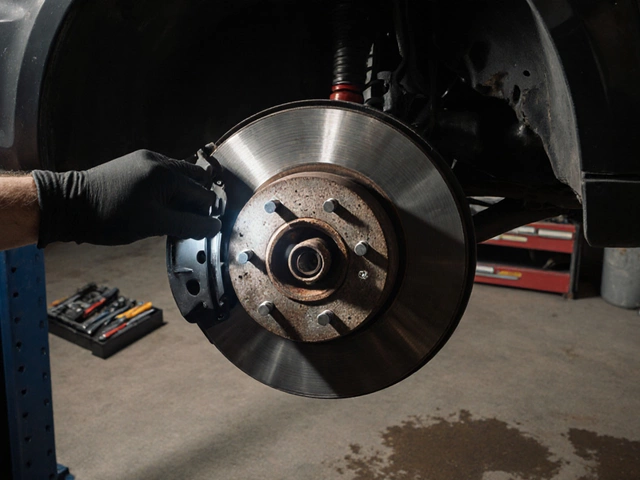Muffler Sound — Why It Matters and How to Deal With It
Heard a rattling, booming or whistling noise from your car’s tailpipe? That’s the muffler talking. A healthy muffler keeps the engine quiet, reduces emissions and protects you from harsh vibrations. When the sound changes, it’s usually a sign something’s off. Ignoring it can lead to costly repairs or even safety issues, so it’s best to understand what each noise means and what you can do about it.
Common Causes of Unusual Muffler Noise
First up, a rattling sound. Most of the time it’s loose heat‑shield panels or a broken internal baffle. Heat‑shield panels are thin sheets of metal that stop heat from reaching the under‑car area. If a bolt comes loose, the panel can vibrate every time the engine fires, creating a metallic rattle. Check the bolts and tighten them – a simple wrench job can kill the noise.
A deep, booming roar usually points to a hole or crack in the muffler shell. Over time, road salt, rocks and rust can eat through the metal. When the exhaust gases escape through a hole, the sound gets louder and more aggressive. Look for black soot spots around the muffler or a sudden drop in fuel efficiency; both are clues that a leak is present.
High‑pitched whistling? That often means a broken or missing pipe joint. The exhaust system is a series of tubes that connect the engine to the muffler. If a joint corrodes, the gases escape at a higher speed, creating a whine. Inspect the exhaust pipe for rusted bolts or split seams and replace the damaged section.
Lastly, a constant ticking or tapping can be caused by a failing exhaust hangers. These rubber or metal components hold the muffler in place. When they degrade, the muffler swings with every vibration, producing a ticking rhythm. Replacing the hangers is cheap and stops the noise fast.
Fixing Muffler Issues Without Breaking the Bank
If you spot a loose heat‑shield, grab a socket set and tighten any loose nuts. It’s a quick fix that saves you a trip to the garage. For a cracked muffler, you have two options: a professional replacement or a temporary patch. A muffler patch kit uses high‑temperature epoxy and can seal small holes for a few weeks, giving you time to plan a full replacement.
Broken pipe joints are best handled by swapping out the corroded section with a new exhaust pipe. Most auto parts stores carry universal pipe sections that fit a wide range of models. You’ll need a pipe cutter, some clamps, and a bit of patience, but the job can be done in an afternoon.
Replacing exhaust hangers is another budget‑friendly repair. Slide the old hanger out, pop in a new one, and tighten the bolts. Rubber hangers are cheap and absorb vibration better than their metal counterparts, which can actually reduce future noise.
Remember to check local noise regulations before you start modifying the muffler for a louder sound. In many UK areas, a excessively loud exhaust can fail an MOT test and may result in a fine. If you want a sportier tone, consider a performance muffler that meets legal limits – it gives a deeper note without breaking the law.
In short, listening to your muffler can save you money and keep your ride comfortable. Pinpoint the noise, apply a simple fix, and you’ll be back on the road with a quieter, healthier exhaust system. If the problem feels beyond a DIY fix, a quick call to Northwich Tyres Centre can get you a professional assessment and the right parts to finish the job right.
 30 November 2024
30 November 2024
Deep Sound Mufflers: Enhancing Your Driving Experience
Discover how mufflers impact the sound of your vehicle's exhaust. Learn about different types of mufflers that produce a deeper sound and understand their benefits. This article covers the basics, explores the science of sound waves, identifies top muffler brands, and provides tips for choosing the right muffler for your vehicle. Dive into how the right muffler can transform your car's auditory presence.
Latest Posts
-

How Long Does It Take to Fix a Fuel Pump? Real-World Timelines and Tips
-

What Is a Good Price for Windshield Wipers? Real Costs for 2025
-

Can You Replace Just One Set of Brake Pads? Here's What Mechanics Really Say
-

Dealing with a Damaged Radiator: What You Need to Know Before Hitting the Road
-

How to Tell If Your Car Needs a New Battery: Signs, Tests, and Costs

0